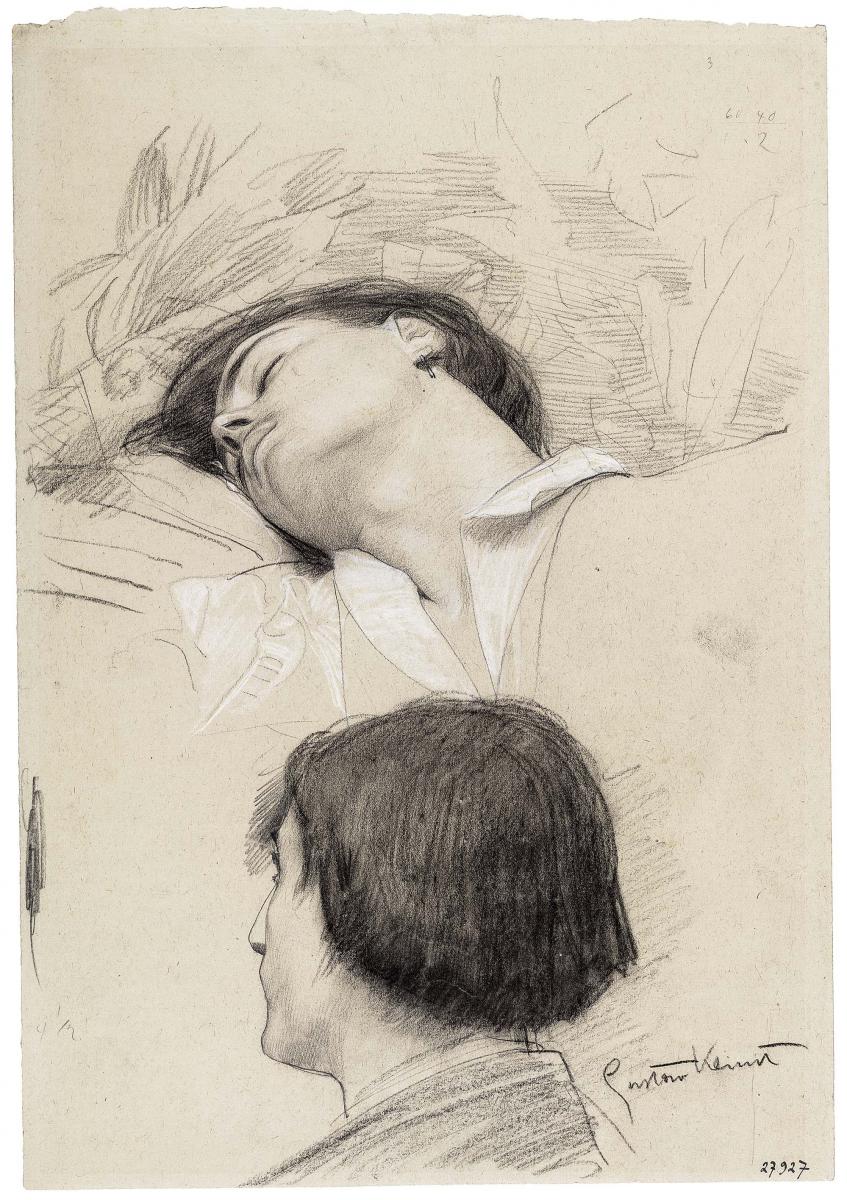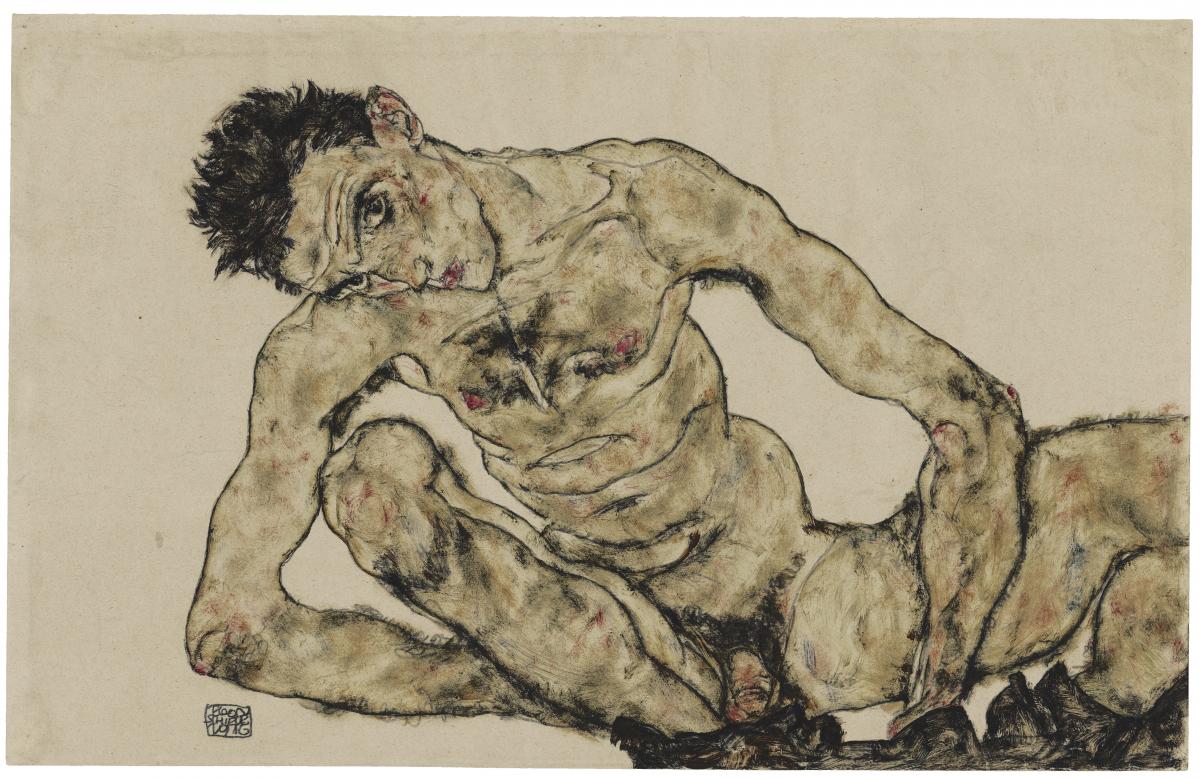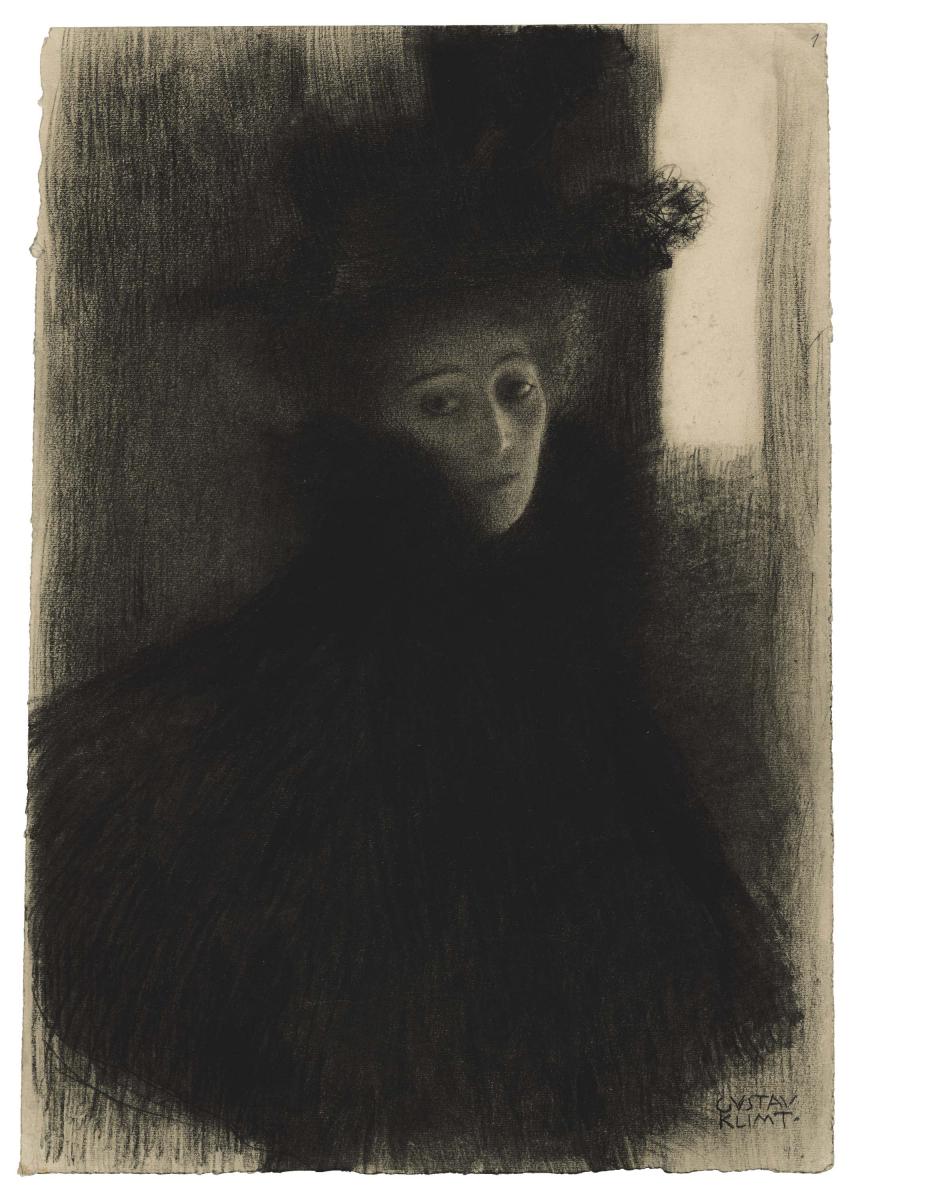This wonderful Cornish workshop and museum is dedicated to the legacy of studio pottery trailblazer Bernard Leach
‘They exposed the raw souls of society’: a trip to Klimt/Schiele with Arts Society Lecturer Gavin Plumley
‘They exposed the raw souls of society’: a trip to Klimt/Schiele with Arts Society Lecturer Gavin Plumley
19 Nov 2018
My interest in these two extraordinary artists, Gustav Klimt and Egon Schiele, is in how their art changed the vernacular. At that time, the status quo in Vienna was imperial, regulated by a backward-looking Habsburg court.
The Royal Academy exhibition shows Klimt and Schiele's work in its rawest state. When we think about the two artists, we sometimes imagine them as voluptuous, luxurious and polished. This exhibition of drawings and works on paper strips all of that back. Klimt and Schiele binned the academic historicist aesthetic. Their work aimed to expose the raw souls of society.
1 Gustav Klimt

Reclining Young Man (Romeo) and Man in profil perdu (Studies for Shakespeare's Theatre; Burgtheater), 1886–87
What is often forgotten about Klimt is that he began his artistic career very much in the public, imperial eye. This beautiful study of Romeo is a preparatory work for a series of paintings commissioned for Vienna’s new court theatre, the Burgtheater. In this drawing (and the finished painting), Klimt is very much playing by the rules of engagement for artists in that period. And yet there is so much more; we find an urgent narrative – not about the play but rather the dialogue between the theatre and its audience. I love the energy here. Also, it shows us just what a brilliant draughtsman Klimt was.
2 Gustav Klimt
Portrait of a Lady with Cape and Hat, 1897–98. Work on paper
In this drawing, Klimt moves decisively away from the academic style that had previously typified Viennese art. He drew this just as the Vienna Secession was founded. Klimt led this radical artistic movement, the aim of which was to break free from the conservative, backward-looking academy and the Austrian Artists' Society. It's indicative of a new era in Viennese art.
It also introduces us to the main subject of Klimt's art: his unswerving gaze on the female form. This a striking but somehow tense image. There is a reticence to her expression; and yet it is also direct. She looks at us; she challenges us, just as she is challenged. I absolutely adore that.
3 Egon Schiele

Self-portrait, Seated, 1916. Work on paper
The starkness of this image shows us what an extraordinary leap Schiele made in his career. He was taught at the academy and had Klimt as his mentor, but here he rejects both of those models. This is far from academic and it's far from Klimt’s sumptuousness. Schiele’s gaunt, radical nude is anathema to everything that Vienna stood for.
In this self-portrait, Schiele exposes himself entirely, but not in a pornographic or narcissistic way. We see tautness in every sinew and consequently feel the turmoil of a tortured soul. Here we have the progenitor of figures like Stanley Spencer, Lucian Freud and Francis Bacon. This self-portrait was painted a century ago, yet it feels absolutely contemporary.
Gavin Plumley is a writer and broadcaster, appearing on BBC Radio 3 and BBC Radio 4, and contributing to newspapers, magazines and opera and concert programmes worldwide. He lectures widely about the culture of central Europe during the 19th and 20th centuries. Recent talks include those for the Royal Opera House, the National Gallery, the National Trust, the National Theatre, the British Museum, the V&A, the Southbank Centre and the Tate.
gavinplumley.com @gavinplumley
LEARN MORE
Gavin is to deliver two fundraiser lectures for the Art Fund about Klimt and Schiele – one in Preston on 12 November and one in Somerset on 18 November
SIGN UP
for our monthly free newsletter, full of news, offers, and exhibition and book reviews: theartssociety.org/signup
DIP INTO
The Arts Society Magazine, out four times a year, which includes the latest in the arts world titles
About the Author
The Arts Society
JOIN OUR MAILING LIST
Become an instant expert!
Find out more about the arts by becoming a Supporter of The Arts Society.
For just £20 a year you will receive invitations to exclusive member events and courses, special offers and concessions, our regular newsletter and our beautiful arts magazine, full of news, views, events and artist profiles.
FIND YOUR NEAREST SOCIETY
MORE FEATURES
Ever wanted to write a crime novel? As Britain’s annual crime writing festival opens, we uncover some top leads
It’s just 10 days until the Summer Olympic Games open in Paris. To mark the moment, Simon Inglis reveals how art and design play a key part in this, the world’s most spectacular multi-sport competition




